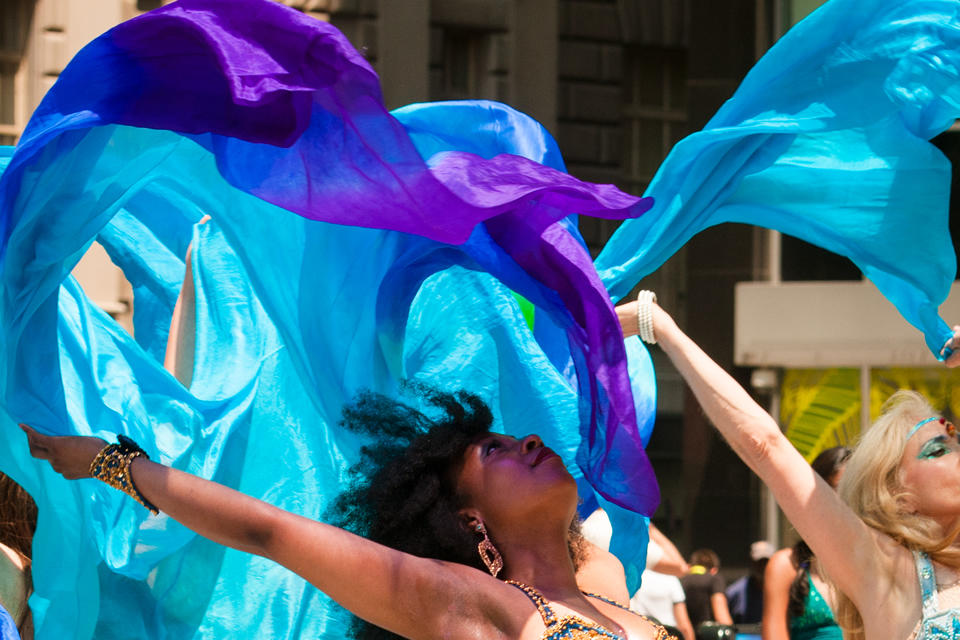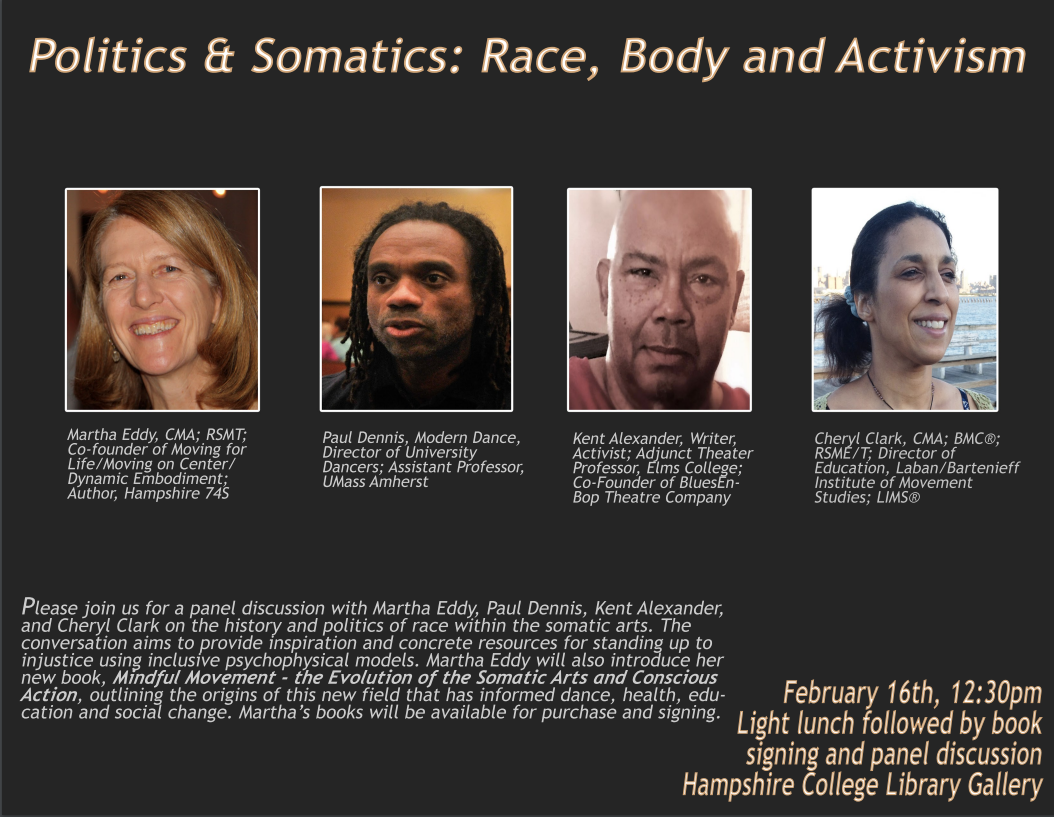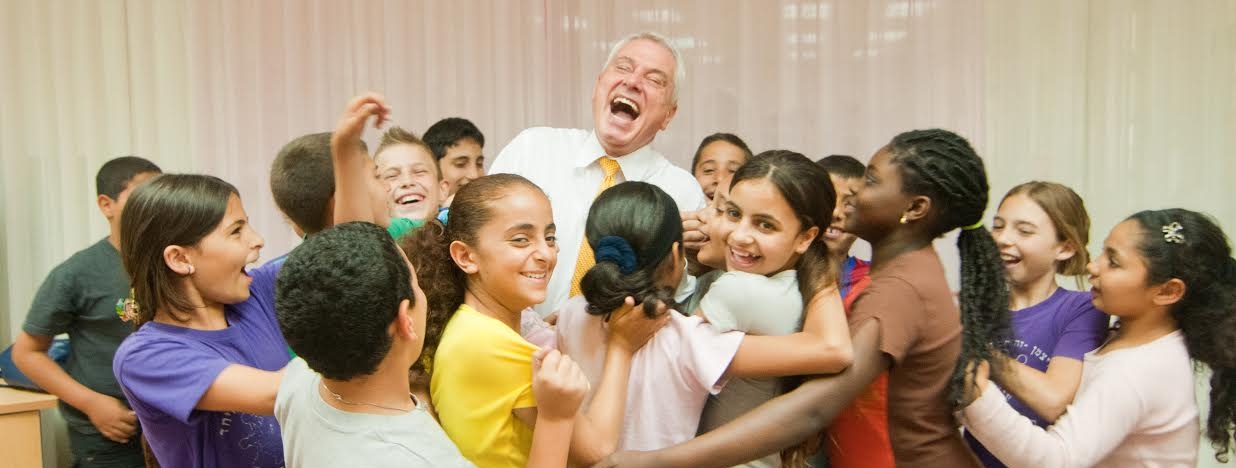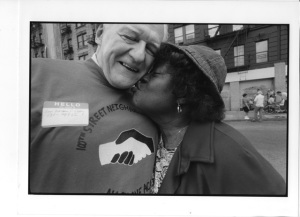To learn more about the imprint culture makes on our body and movement check out http://www.MovingOnCenter.org for its 3 week module on the Socially Conscious Body. This program includes workshops on Theatre of the Oppressed, the WorldWork of Arnie Mindell, Hakomi and Somatic Education. I did a talk on this subject and more at Hampshire College. Here it is.
The Socially Conscious Body
Environmental Peace Human Peace Join Global Water Dances

World Water Day Earth Day Global Water Dances Day
If you know that your water is made of predominantly water, that clean water is critical to health, that water is a gift of nature AND you want to preserve water. Please join us on June 15th anywhere around the globe – as a performer, spectator, volunteer, documentarian or supporter.
Rehearsals are gearing up in NYC for dances on Roosevelt Island, along the Hudson and the East Rivers. Be in touch with GWDancesNY@gmail.com to express interest and receive details. Or visit us on Facebook
Performances in NYC begin on May 11 with Ecological Cities Loisada – in Lower Manhattan. https://earthcelebrations.com/ecological-city-project/
Dance for Peaceful Bodies and Peaceful Nations ANYWHERE on JUNE 15 with http://www.GlobalWaterDances.org
Posted in Uncategorized
The Body Dancing with Race and Somatics in Mind
There is so much going on. We know the body feels what is happening in the world. And there is a lot pain out there. Always has been but at the moment at least 4 world leaders are condoning/supporting/exacerbating humiliation, inequity, hatred and fear. This makes for a moral low and low morale.
As artists we must give voice to this pain and when appropriate provide hope. Beauty even when depicting the ugly truth can provide peace. My father was a big proponent of stirring up love, beauty, compassion, joy, wonder and awe. Listening, being with, watching without judgment are some ways to do this whether talking, dancing or getting a job done.
A big part of what is going on these days is the exposure of the Under Belly of America – what people feel, hide, dream about, worry on. Our history of slavery and the slaughter of our native people’s is unlike that of any other country on this planet. I have spoken with people with darker skin color born in the Caribbean who really dont have an experience of gangs, or of intense white supremacy based racism until they arrive here, and feel it, in the USA. People from Africa share their stories of Americanization – commercialization, and sometimes the freedoms of our USA social constructs as shocking or liberating. The undercurrents of America hold polarities – freedom of sorts, but only for some. Freedom for what? To do harm? To buy stuff? To pollute? To act anyway one wants even if in a leadership role? To be a bully?

These are topics I want to talk about. Today I am just taking a moment to be grateful for all I have learned from friends who also are willing to have this dialogue. People like Paul Dennis, Kent Alexander and Cheryl Clark – professors who are experts in the arts and of the body and its knowledge.
Posted in Uncategorized
Community Building Through Dance: Approaches from Two Different Cultures

In 2014, audiences across the world witnessed the power of movement for peace in the documentary film Dancing in Jaffa. Pierre Dulaine, co-founder of Dancing Classrooms, took on the challenge of teaching Israeli and Palestinian children to dance together when many of them would never have even considered this is a possibility. In an interview at The Aspen Institute, Dulaine stressed the importance of learning compassion and respect as a means of social development; ballroom dancing teaches this to the children through movement.

“Dance makes you happy, and when you’re happy you’ve got a smile. When you’ve got a smile we can help each other and understand each other. That’s why we have to dance more. That’s all.” – Eun-Me Ahn
Eun-Me Ahn, choreographer and creator of Dancing Grandmothers, works with elderly women in Korea who have not had an outlet for self-expression and gives them the freedom to dance. These women have always been expected to take care of their family and have never been given the opportunity to do something for themselves. Dancing, as a form of ageless self-expression, is a way for them to do this. “We don’t have a special technique[…]but that is what makes it personal and pure,” says one of the dancers.
Both Eun-Me Ahn and Pierre Dulaine are working towards creating peace and expression through movement in two very different contexts. How do you see these as related or not?
Posted in Uncategorized
Consider an end to war by 2025
Why exercise IS good for you
You might like to know about a new research study that has to do with cancer and exercise – specifically aerobic dance and weight loss. Here is the abstract. The full article is published in the Journal of Cancer Therapy: Journal of Cancer Therapy, 2014, 5, 1031-1038
Published Online October 2014 in SciRes. http://www.scirp.org/journal/jct http://dx.doi.org/10.4236/jct.2014.512108
Purpose: Weight loss after breast cancer diagnosis has been associated with a decrease in risk of breast cancer recurrence and mortality. The purpose of this study is to examine the barriers, ac- ceptance, and sustainability of an exercise intervention program offered at our institution to over- weight women with newly diagnosed breast cancer. Methods: The Breast Cancer Database was queried for women newly diagnosed with breast cancer and a body mass index (BMI) ≥ 25 kg/m2. Eligible patients participated in the Moving for Life (MFL) exercise program for 16 sessions. Ques- tionnaires were administered. Statistical analyses included descriptives and paired t-tests to summarize patient characteristics and assess changes over time. Results: Of 40 patients, 22 de- clined, 18 consented and 13 (72%) completed the study. The mean age was 61 years (range: 38 – 76). The mean BMI was 31 kg/m2. After the intervention, there was a decrease in weight and BMI (p = 0.04). The average weight loss was 10 lbs. Participants reported greater enjoyment of exer- cise (p = 0.02) and decreased pain related to treatment (p = 0.05). These initial positive results were not maintained after 6 months and 1 year. Conclusions: The MFL intervention had a high rate of acceptance among overweight women newly diagnosed with breast cancer. These results dem- onstrated significant benefits of exercise immediately after cancer diagnosis and highlight the importance of developing sustainable lifestyle interventions. Interventions targeted at modifiable lifestyle factors in women with early stage disease may provide benefit that is comparable to cer- tain adjuvant systemic therapies. Therefore, adjuvant lifestyle interventions supported by clini- cians may improve breast cancer survival outcomes.
Good news from The Doc:
There is more and more more evidence around the benefits of taking exercise when living with and after cancer is emerging. Researchers have been studying the impact of different types of exercise, from yoga, walking and dancing, to high intensity interval training and even extreme sports, on people during and after cancer treatment. Although most studies have focused on people with the commoner cancers like breast and prostate, some now include people with any type of cancer.
It’s clear that exercise can help the wellbeing and quality of life of people after their cancer treatment, and there’s some evidence that it can help to improve the symptoms that people can continue to have after their treatment, such as tiredness (fatigue), stress and anxiety, and discomfort. There’s also some early evidence that exercise can even reduce the risk of cancer coming back.
There’s a lot more…
View original post 222 more words
Posted in Uncategorized
Global Water Dances – Solstice 2015
Tax Carbon, Protect Water. Lets move forward – take action, big action – swooping, swirling, stomping, crying out for change.
We Marched for Climate Change, we Blessed the Animal Kingdom with Paul Winter, NOW TAKE CARE OF WATER.
WE DEPEND ON IT AND ITS SACRED.
Join us throughout the world and in NYC. http://globalwaterdances.org/2013-video/2013-full-length-video/
Posted in Uncategorized | Tags: carbon tax, Dance, dance for change, environmental justice, solstice activity, water protection

